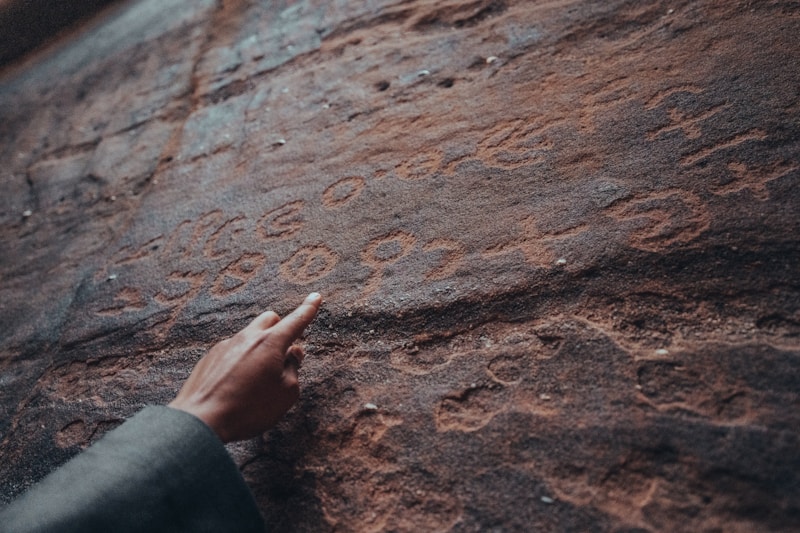Questions and Answers
What is the meaning of Ibadat, derived from the Arabic word 'ibada'?
Worship
Which practice was associated with Sufism in the context of Ibadat?
Dhikr chanting
How did naubats contribute to the soundscape of Mughal India?
By playing grand fanfares signaling prayer time
Which statement accurately describes the relationship between Naubat Khane and Ibadat in Mughal India?
Signup and view all the answers
What role did muezzins play in the context of Ibadat?
Signup and view all the answers
How did devotees of Sufism express their spirituality in the context of Ibadat?
Signup and view all the answers
What was the main purpose of Naubat Khane in the Mughal Empire?
Signup and view all the answers
What instruments were typically played by the naubats in Naubat Khane?
Signup and view all the answers
Where were Naubat Khane structures usually located?
Signup and view all the answers
What role did the drummers, known as naubats, play in the Mughal Empire?
Signup and view all the answers
Apart from announcing royal arrivals, what other functions did Naubat Khane serve?
Signup and view all the answers
What is the meaning of 'Naubat Khane' in Persian?
Signup and view all the answers
Study Notes
Naubat Khane and Ibadat: Exploring the Soundscapes and Practices of Mughal India
In Mughal India, the harmony of sound and spiritual practice intertwined in unique and fascinating ways. Two distinct institutions, Naubat Khane and Ibadat, served as the aural backdrop for the devotional life of the Mughal Empire.
Naubat Khane
Naubat Khane, meaning "drum house" in Persian, were structures specifically designed to spread the sounds of music, especially the beating of drums, announcing the arrival of royalty. These architectural marvels were usually located outside the main entrance of royal palaces, administrative buildings, and mosques. The drummers, known as naubats, were skilled musicians who played traditional rhythms on instruments like the kettle drum and the cymbals.
Naubat Khane served several functions:
- To announce royal arrivals: As the emperor, empress, princes, and other dignitaries approached, naubats would play grand fanfares, welcoming them and heralding their prestige.
- To synchronize court life: Naubats would also signal the start and end of court sessions and official ceremonies, keeping the Mughal court's complex schedule in sync.
- To entertain: Naubats played music throughout the day, creating a lively atmosphere and providing entertainment for those dwelling within the royal courts.
Ibadat
Ibadat, from the Arabic word "ibada," meaning "worship," refers to the religious practices of the Mughal Empire, which integrated Islam with indigenous Hindu and Buddhist traditions. Ibadat encompassed various forms of worship, including the recitation of the Quran, prayer, and participation in communal religious events.
The sounds of Ibadat were often associated with:
- Calls to prayer: Muezzins, or callers to prayer, would chant the Adhan, or the call to prayer, from mosque minarets at specific times of the day.
- Quranic recitations: Devout Muslims would gather within mosques to listen to the recitation of the Quran, often accompanied by music and percussion.
- Sufi music: Devotees of Sufism, a mystical branch of Islam, would perform dhikr, or devotional chanting, and utilize musical instruments like the sitar and tabla to express their spirituality.
The Two Intersect
Naubat Khane and Ibadat intertwined in various ways throughout Mughal India. For instance, after the call to prayer, naubats would play grand fanfares, signaling the start of prayer time and creating a vibrant atmosphere. Additionally, during religious festivals and celebrations, naubats would play music, adding to the festive mood created by the Ibadat rituals.
In essence, Naubat Khane and Ibadat were two distinct yet intertwined institutions that together created a unique soundscape reflecting the cultural and spiritual richness of Mughal India. The sounds of Naubat Khane provided a rhythmic structure to court life, while the sounds of Ibadat signified the spiritual practices of devotees. Together, they created an aural experience that has been lovingly preserved in historical texts and records.
Studying That Suits You
Use AI to generate personalized quizzes and flashcards to suit your learning preferences.
Description
Explore the unique soundscapes and spiritual practices of the Mughal Empire through Naubat Khane and Ibadat. Learn about the role of drum houses in announcing royalty and the intertwining of Islamic and indigenous traditions in worship practices.




